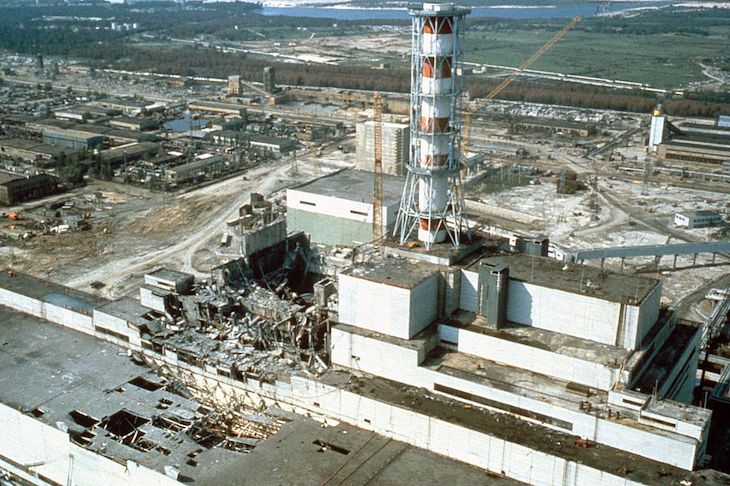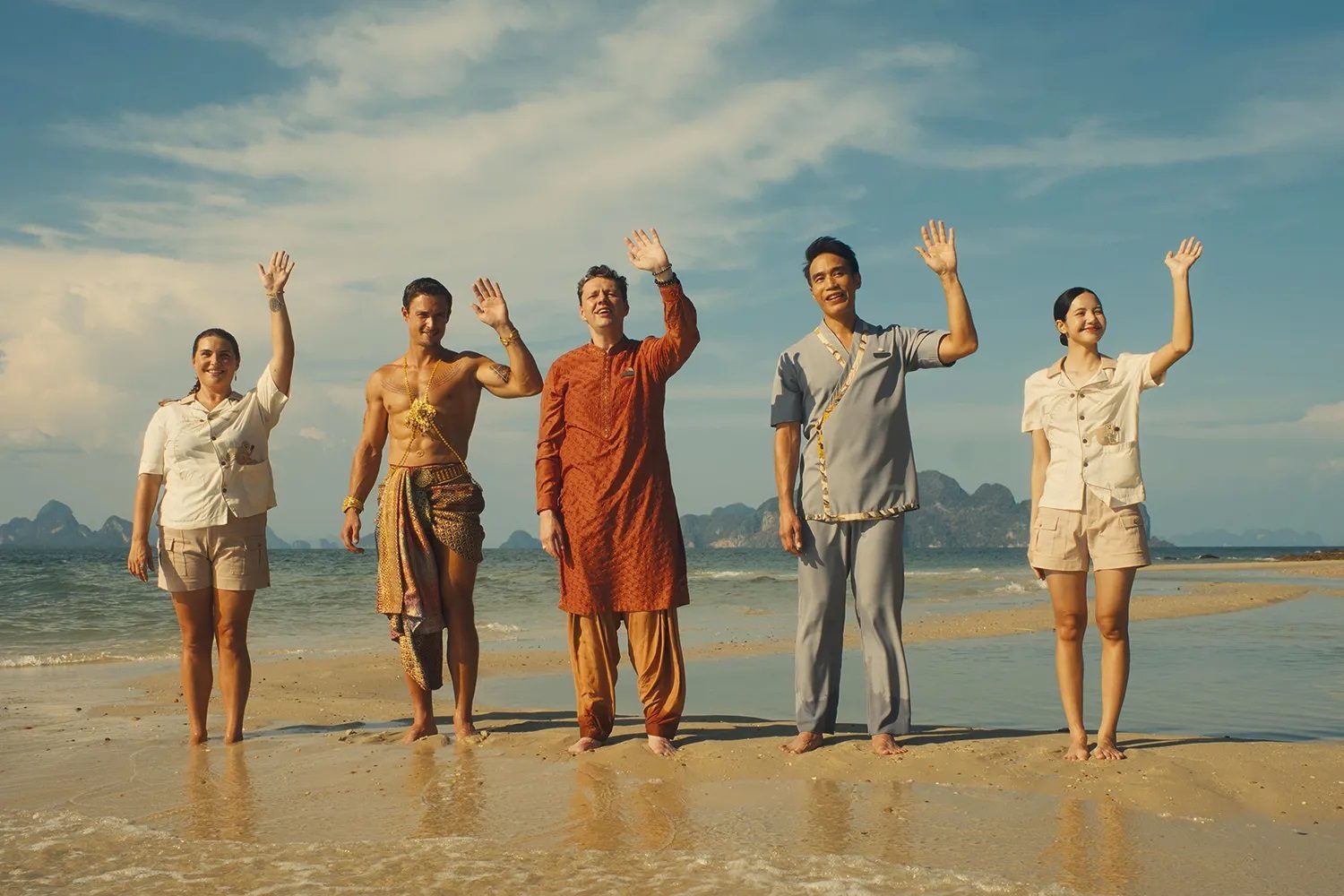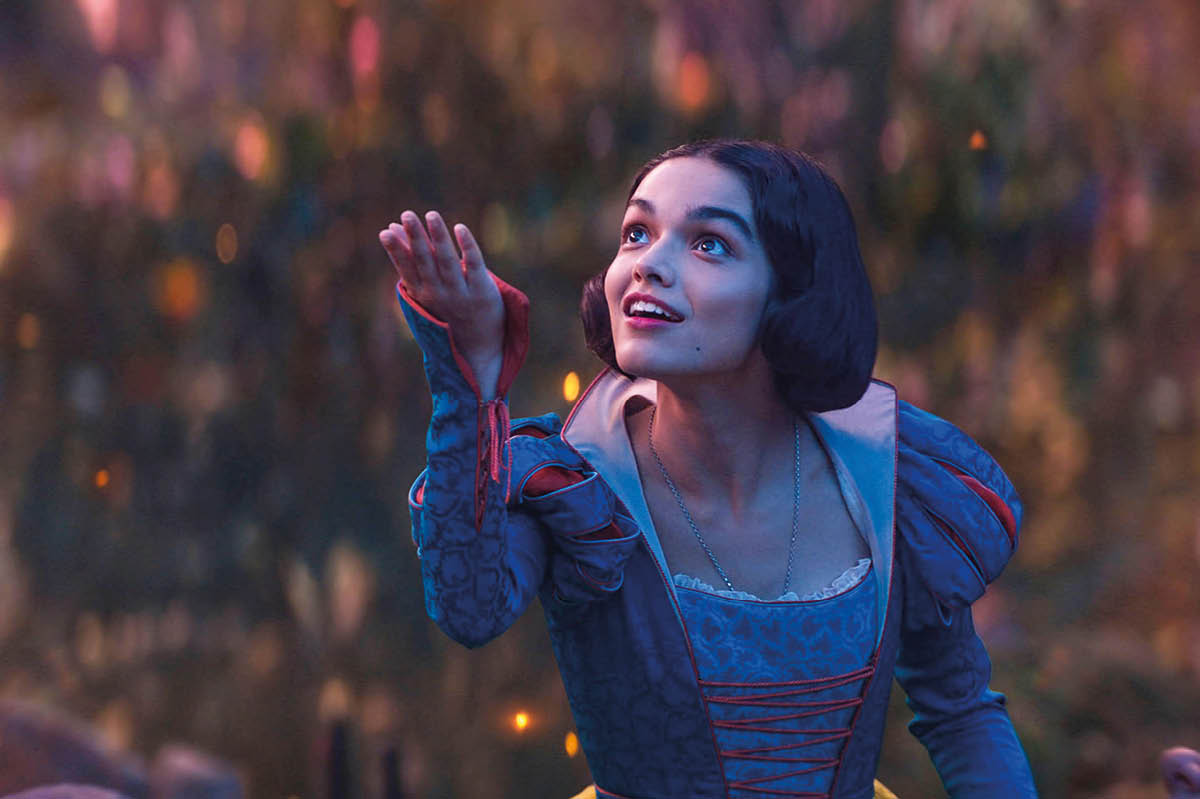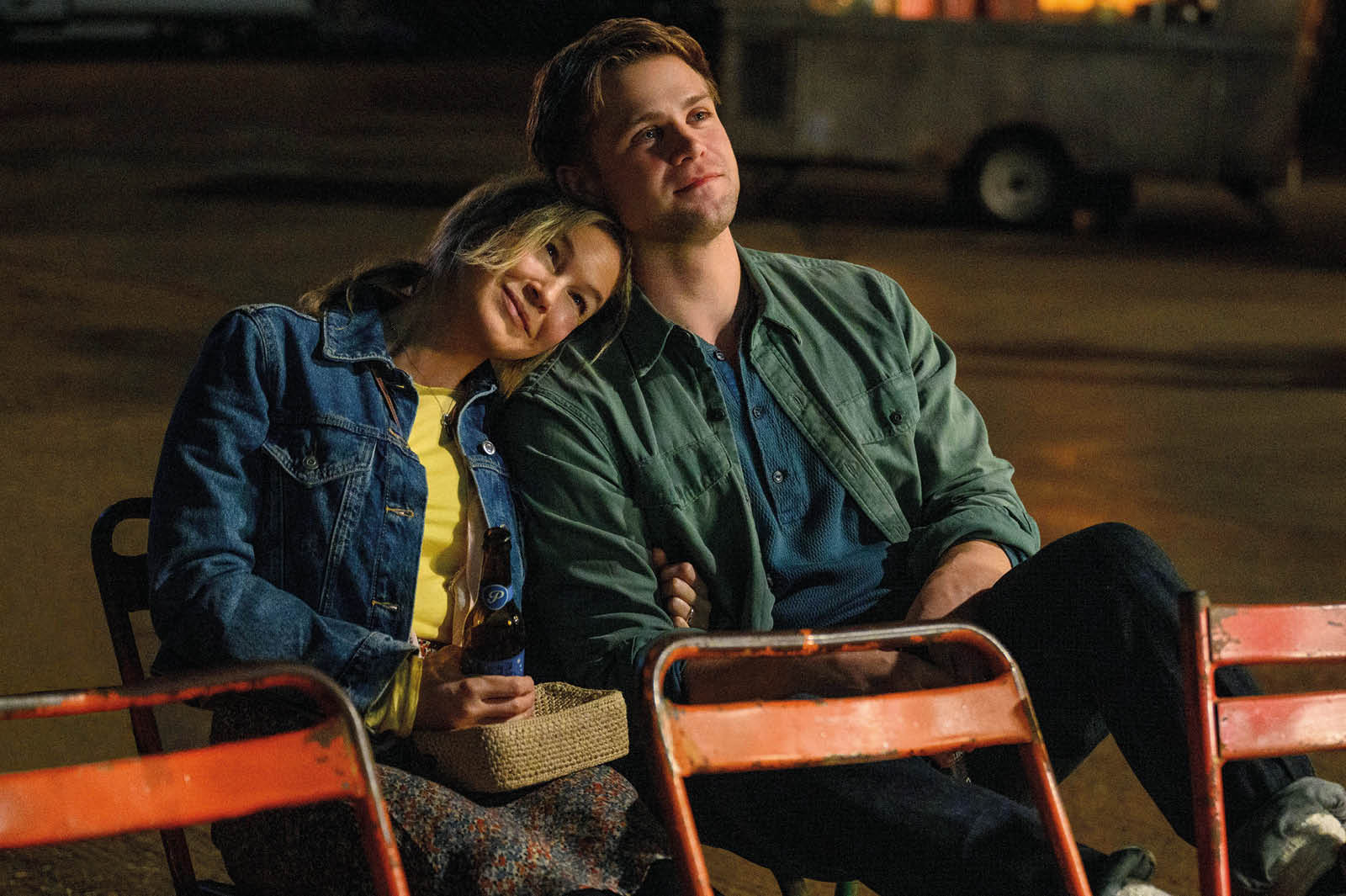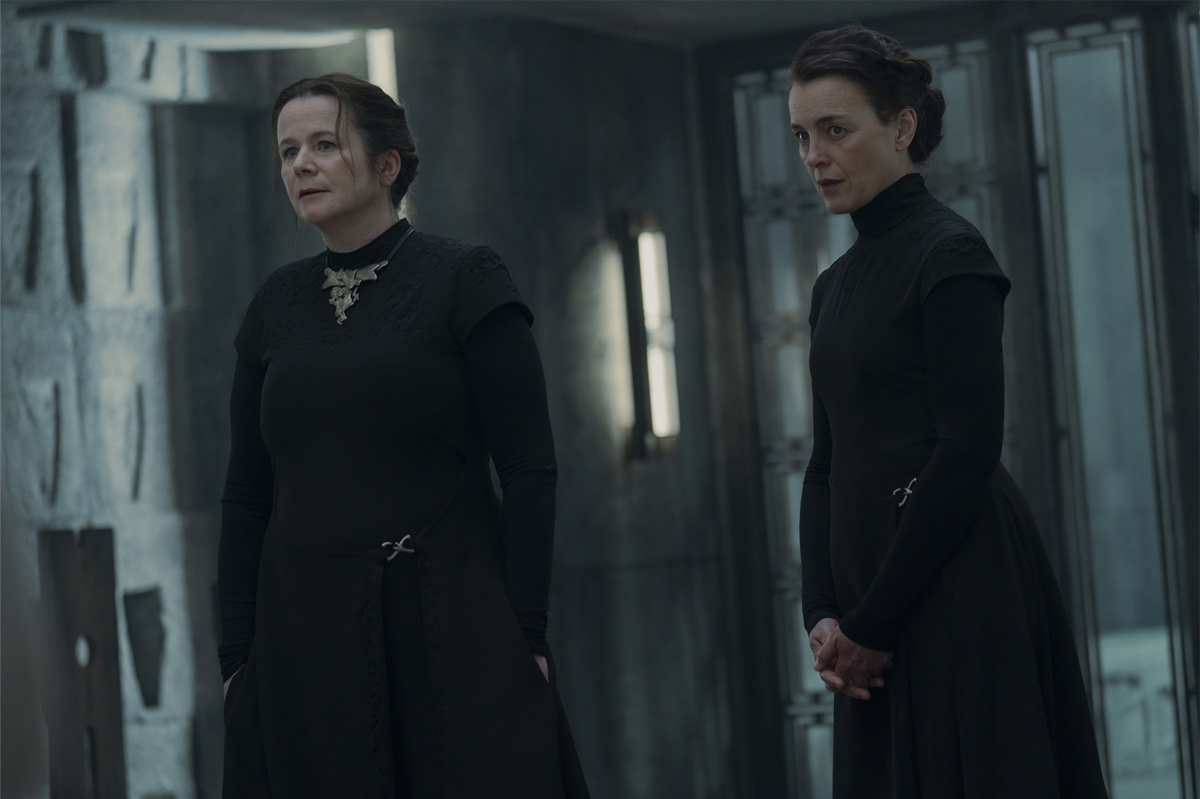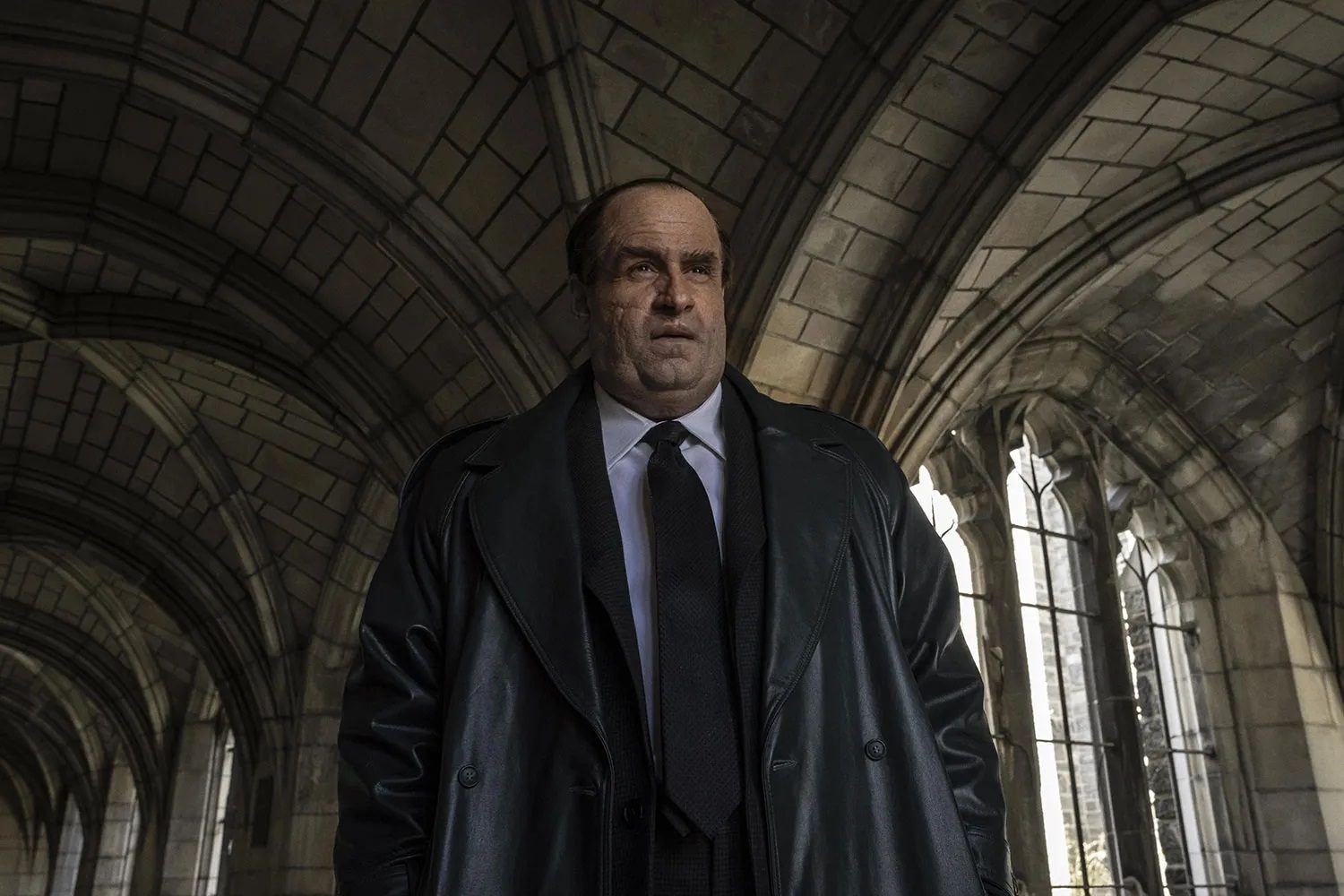How many people do you think died at Chernobyl? 10,000? 50,000? 300,000? The correct answer, according to the never knowingly understated World Health Organization — in a thorough report released nearly 20 years after the 1986 explosion — was ‘fewer than 50’. Ah, but what about all the mutant babies who ended up with two heads and webbed feet? What about the inevitable epidemic of cancers? Well, yes, it’s true that 4,000 more cases of thyroid cancer were loosely attributable to Chernobyl, mainly in children and adolescents. But the survival rate was 99 pe cent.
Because I’ve long been familiar with these facts — mainly as an antidote to all those lefties, like the late historian Tony Judt, who fell for the green anti-nuclear propaganda that many people still believe — I was initially very wary of Chernobyl (HBO). How could any fictionalized version resist the temptation to go with the scary myth rather than the more nuanced truth?
But scriptwriter Craig Mazin has found a cunning line between the two, at once conjuring up all the apocalyptic horror of a nuclear-reactor explosion and its aftermath, while yet largely accepting that the facts of the story are so strange and horrible and disturbing that they really need little embellishment.
A good example of this is the Spartacus moment at the end of episode two, where the Soviet bosses demand that three volunteers undertake a suicide mission for the salvation of the Motherland: they must enter the melting reactor and drain the water in order to avert a second explosion that will surely kill millions. But the radiation to which they will be exposed will be so great that they will never survive.
It makes for a powerful scene: a roomful of bolshie, more-than-my-job’s-worth workers not daring to meet one another’s eyes as the request goes out. One man raising his hand, then another, and another: an exchange of glances — ‘So it’s us three?’ they seem to say. The donning of the pitifully inadequate protective suits. The Geiger counter crackling manically as they shuffle and slosh deeper into the flooded basement, lined with leaking pipes. Then, just when you think it can’t get any worse, the sudden plunge into total blackness as their crappy Soviet-issue torches all fail…
He’s good on his classic movie tropes, is Mazin. Besides Spartacus, that scene very effectively invokes the gnawing tension and jump-cut fear — and labyrinthine pipework — of Alien. As Mazin said at a pre-launch conference: ‘Chernobyl will be a horror movie, it will be a war movie, it will be a political thriller and a courtroom drama’ — and that’s exactly what it is. To his list I’d add ‘reluctant buddy movie’, as seen in the growing camaraderie between nuclear physicist Valery Legasov (Jared Harris) and Soviet apparatchik Boris Shcherbina (Stellan Skarsgard) as they find themselves reluctantly embroiled in the most important and last (because of the fatal radiation exposure) mission of their lives.
Yes, it’s a compendium of clichés: if you want to ruin Chernobyl for yourself, have a look at the website ‘TV tropes’, which takes it brutally apart: ‘Bambification’, ‘Bothering by the Book’, ‘Everybody Smokes’, ‘Kindhearted Cat Lover’, ‘Naked People Are Funny’… Not without reason, though, Chernobyl has now topped the film and TV database IMDB’s greatest shows ever charts with a record rating of 9.7. Mazin has shaped the historical narrative to create a miniseries that pushes all the viewer’s emotional buttons.
But what Chernobyl doesn’t mention — for why alleviate the relentless depression? — is that those three doomed volunteers (Boris Baranov, Alexei Ananenko and Valeri Bezpalov) actually survived for years after the incident and that two of them are still alive. Similarly, the Soviet general, Pikalov, we see driving towards the burning core because it is so dangerous he won’t order his soldiers to do it died in 2003 at the age of 78.
Does it matter that the helicopter didn’t really crash because the crew had suddenly been zapped by radiation? Or that the expert nuclear technician played by Emily Watson never existed but is a composite character there, presumably, to add female cast interest and to shoehorn in that vital ‘plucky, outspoken female in a sea of useless, hidebound men’ trope?
Mostly, I don’t think it does. This is historical drama, not documentary. And I think Mazin was right to take liberties in order to reach the deeper emotional truth. To take another example, the heartbreaking rounding up and killing of all the abandoned pets in episode four was handled by professional exterminators, not raw squaddies. But that would have denied us the much more satisfying dramatic arc: the innocent volunteer drawn into the company of hard-drinking yet tender Afghan war veterans; the gang of oh-so-sweet doggies he’s required to kill in the apartment; the wiser, dirtier, more brutalized man-come-of-age we see at the end of that first day.
This article was originally published in The Spectator magazine.



